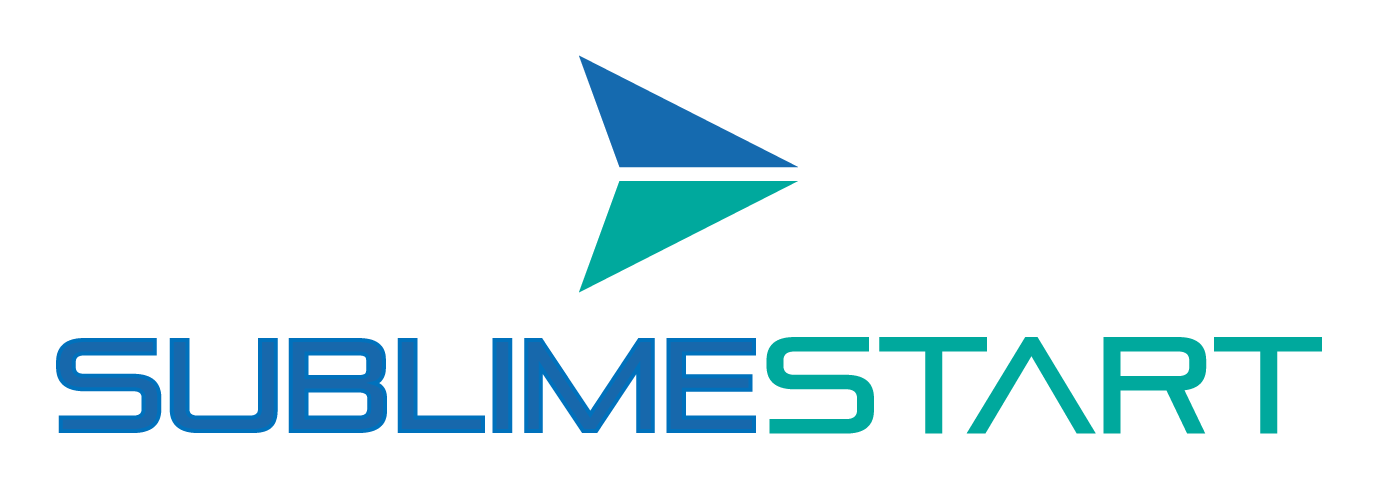Blog Post Checklist: Ensuring high quality blog posts
A strong blog post is clear, structured, and genuinely helpful. When you know what to include and how to present it, your writing becomes easier to read and far more effective. This guide walks you through every important element of strong blog writing, navigation, SEO, trust-building, and content quality so your posts feel professional and perform well.
Why This Matters
Good writing keeps people engaged. Good structure helps them navigate. Good SEO helps them find you. And good content quality builds trust. When you combine all of these, your blog becomes a tool for connection, authority, and long-term growth.
1. Writing Guidelines: How to Approach Your Writing
Strong writing is the foundation of any successful blog post. Before you think about SEO, structure, or media, you first need clear and intentional writing. This is where your voice, your clarity, and your purpose come together. When you write with precision and intention, your message becomes more effective, and your reader feels guided rather than overwhelmed. Good writing isn’t about sounding smart; it’s about making your ideas easy to understand and engaging to follow.
Writing also becomes much more powerful when it respects the reader’s time. Shorter paragraphs, direct language, and purposeful choices help your readers move through your content comfortably. When you focus on clarity, simplicity, and a conversational tone, people stay longer, absorb more, and trust your guidance. This section is about giving your writing structure and personality so your message stands strong from beginning to end.
- Write with a clear purpose in mind: Know exactly what you want your reader to learn or do.
- Use smaller paragraphs: Makes your content easier to read and scan.
- Use bullets and lists: Helps readers process your points quickly.
- Get to the point: Remove unnecessary filler and stay direct.
- Proofread: Ensure clarity and professionalism before publishing.
- Don’t write like a scholar: Avoid overly complex or academic language.
- Write in the second person: Use “you” to speak directly to the reader.
- Publish quotes in your blog: Adds credibility, personality, or context.
- Start your blog strong: Give readers a reason to stay from the beginning.
- Use a brand voice: Let your personality or brand identity guide your tone.
- Don’t use clichés: Keep your writing fresh and original.
- Create an eye-catching title: Attract interest and set accurate expectations.
- Post the article on socials: Share your content to increase reach and visibility.
- Ensure your title fits the article: Keep your promise aligned with your content.
- Use headers the right way: Follow proper H1, H2, and H3 structure for clarity and SEO.
- Do original research: Create unique content that stands out from others.
2. Navigation and Structure: How to Make Your Blog Easy to Navigate
A well-structured blog helps your reader move effortlessly from one idea to the next. Good navigation reduces friction and allows people to find answers quickly. Without strong structure, even the best writing can feel confusing or overwhelming. Blog navigation is about guiding your readers through your thoughts with ease, using clear sections, smart linking, and a logical flow. When your blog is easy to navigate, it’s easier to understand, more enjoyable to read, and far more effective.
Structure also strengthens your blog’s credibility. When your post is divided into meaningful parts, readers sense intentionality. They know you took the time to organize the information for their benefit. Clear structure also supports better SEO, keeping readers engaged for longer and helping search engines understand what the post is about. By investing in navigation and structure, you create a reader-friendly experience that respects attention and improves overall impact.
- Create a blog overview (table of contents): Helps readers jump to sections easily.
- Create an easy-to-read title: Keep the title clear, simple, and readable.
- Provide internal links: Guide readers to related content on your site.
- Have external links open in another window: Keep your blog tab open while offering extra resources.
- Divide long posts into sections: Organize your content into manageable pieces.
- Add a CTA at the end: Give readers a clear next step.
- Take a break in your post: Use visual spacing or section breaks to reset attention.
- Categorize your blog post: Help readers and search engines understand the topic.
- Links in the conclusion: Offer helpful resources or next actions at the end.
- Call to action in the conclusion: Reinforce the main action you want the reader to take.
- Ensure a logical structure: Present ideas in a clear, organized order.
3. SEO Essentials: How to Make Your Blog Discoverable
SEO is what helps your blog get discovered. Even the most insightful article can go unnoticed if search engines can’t understand what it’s about. By applying smart SEO techniques, you increase your chances of reaching the people who need your content. SEO isn’t about tricks; it’s about clarity, relevance, and helping search engines connect your article to the right audience. When done thoughtfully, SEO turns your blog into a magnet for consistent, organic traffic.
At the same time, SEO enhances the user experience. Using keywords naturally, structuring headings correctly, optimizing images, and providing clear metadata all contribute to a blog that reads better and loads faster. You’re not just optimizing for algorithms—you’re creating a more organized post for human readers. The goal is simple: help your content get found, understood, and appreciated by the people who are searching for what you know.
- Exceed the 500-word limit: Longer posts allow more depth and SEO value.
- Do SEO research: Find strong keywords that fit your topic and audience.
- Keyword in the remaining headings: Use the keyword naturally in several subheadings.
- Update meta description: Write a clear, compelling summary for search results.
- Ensure important keyword is in the link: Place your keyword in the URL for clarity.
- The keyword is in heading 1: Make sure your main keyword is in your H1 title.
- The keyword immediately in the first paragraph: Include the keyword immediately in your first paragraph.
- Index on Google Search Console: Submit your article so Google can crawl it.
- Optimize the images for SEO: Use alt text, small sizes, and descriptive filenames.
- Provide sources: Link to credible references, data, or studies.
4. Content Quality and Media: How to Create Engaging and Valuable Content
High-quality content goes beyond writing—it’s a combination of voice, visuals, storytelling, and thoughtful presentation. Good content delivers value, teaches something meaningful, and feels personal. Your own experience matters here, because it allows you to bring authenticity and depth to your writing. Images, graphics, and examples help you break complex topics into something more understandable and more engaging. Quality content shows that you care about the reader’s experience and their time.
Media also plays a powerful role in elevating your message. When you incorporate relevant images, graphics, infographics, and videos, you create a richer, more dynamic experience. Visuals help explain ideas, add personality, and keep attention high. They also support SEO when used properly. By combining strong writing with thoughtful media, your blog becomes not just informative, but memorable. This section focuses on how to elevate your content using both your expertise and supportive visuals.
- Use your experience to add value to your message: Share insights that come from real situations.
- Optimize your images: Make sure they load fast and look clean.
- Design graphics: Simple visuals help explain your ideas.
- Know who you are writing for: Tailor your tone and examples to your audience.
- Design infographics: Use data or concepts in visual form for better understanding.
- Fill your blog with appropriate images: Use images that support your topic.
- Optimize your media for the topic: Keep visuals relevant and purposeful.
- Sharing knowledge can be a little painful: Be honest—even when the truth is uncomfortable.
- Integrate videos into the blog: Offer deeper explanations through video content.
- Use captions with the images: Clarify what the image shows or why it matters.
- Small image sizes: Reduce file weight for faster page load.
- Write an example: Demonstrate your advice with something practical.
- Give a personal story: Build connection and authenticity.
- Use the colors of the brand in the images: Improve consistency and recognition.
- Don’t write like an AI: Keep your tone human, specific, and natural.
- Don’t overuse AI: Use AI as support, not as your entire writing voice.
- Don’t give generic information: Offer depth, insight, and usefulness.
Conclusion
A successful blog post blends strong writing, clear structure, trustworthy content, and strategic SEO. When you apply each of the points in this guide, you create posts that are easier to read, easier to find, and more valuable to your audience. Use this checklist before publishing every article, and your content will steadily improve in quality, authority, and impact.






